💪 Support independent web, support us:
Royal Palaces of Abomey is a UNESCO World Heritage Site that consists of 12 ancestral palaces that were built by the Kings of Abomey, a powerful West African Kingdom, between the 17th and 19th centuries.
What to see or do: Visitors can explore the ruins and remnants of the 12 palaces, which offer a glimpse into the kingdom’s rich history, culture, and architecture.
Witness the skilled workmanship, intricate carvings, and elaborate decoration of the palace walls and courtyards.
Don’t miss: Don’t miss the display of the royal throne made of human skulls, which symbolizes the power and strength of the Abomey Kingdom.
Also, try to visit during a traditional festival, which features colorful costumes, music, and dance performances.
Insider travel tips: Wear comfortable shoes as the palace grounds are vast and require long walks. Bring cash as there are no ATMs nearby.
The best time to visit is between December to April when the weather is dry, and there are fewer crowds. Engage with local guides to learn more about the history and significance of the palaces.
2. Pendjari National Park
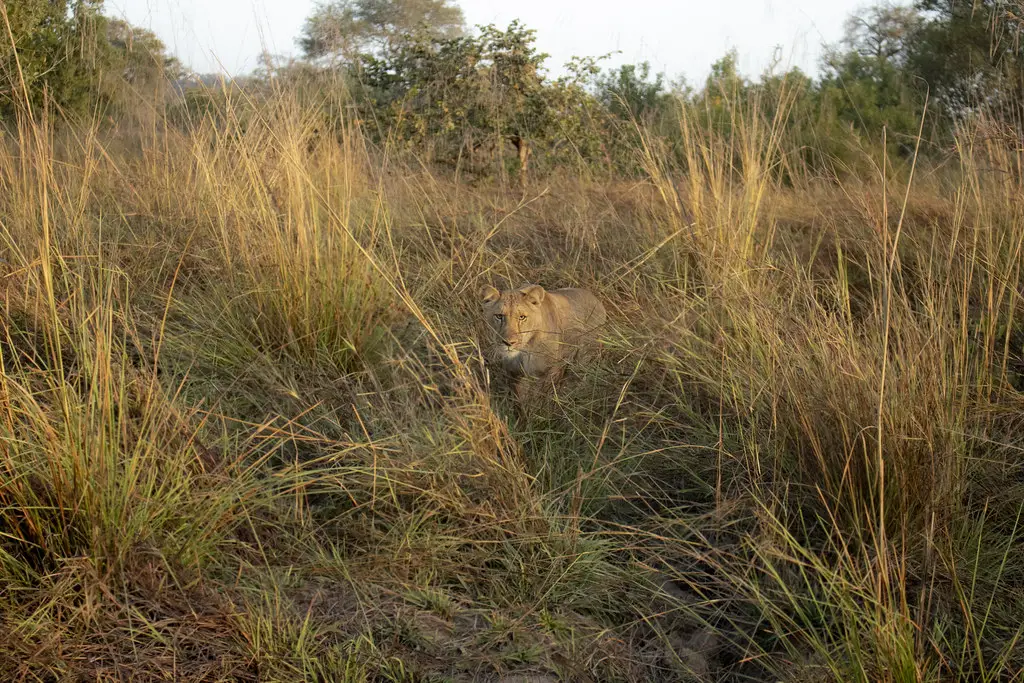
Pendjari National Park is a wildlife reserve located in Benin, West Africa. It covers an area of approximately 2,755 square kilometers and is home to several endangered species.
What to see or do: The park is renowned for its diverse wildlife, including elephants, lions, cheetahs, and buffalo. Visitors can go on safaris and enjoy game drives to spot these incredible animals.
Don’t miss: Don’t miss the chance to see Pendjari’s famous elephants up close! These majestic creatures are one of the park’s main attractions and can often be spotted during game drives.
Insider travel tips: – Visit during the dry season (November to April) for the best game viewing opportunities.
3. Ganvié stilt village
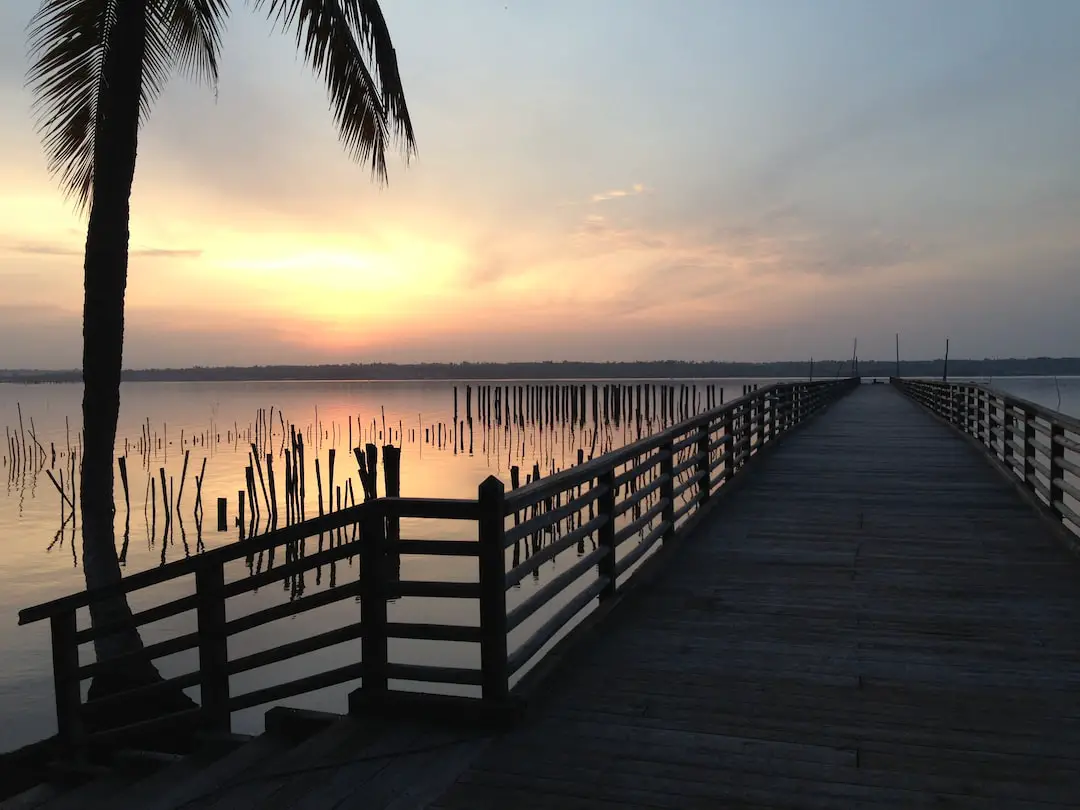
A stilt village located in the middle of Lake Nokoué in Benin, West Africa.
What to see or do: Take a boat tour to explore the village and its unique architecture, learn about the history and culture of the Tofinu people who built and inhabit the village, and visit the local markets and shops to purchase souvenirs and handicrafts.
Don’t miss: The opportunity to witness the daily life of the villagers, including their fishing and farming practices, and the vibrant colors and patterns of their clothing and textiles.
Insider travel tips: Be sure to bring plenty of bug repellent and sunscreen, as well as cash to purchase goods from the local vendors.
Respect the cultural traditions of the Tofinu people by asking for permission before taking photographs, and consider hiring a local guide to enhance your experience and support the community.
4. Ouidah Slave Route
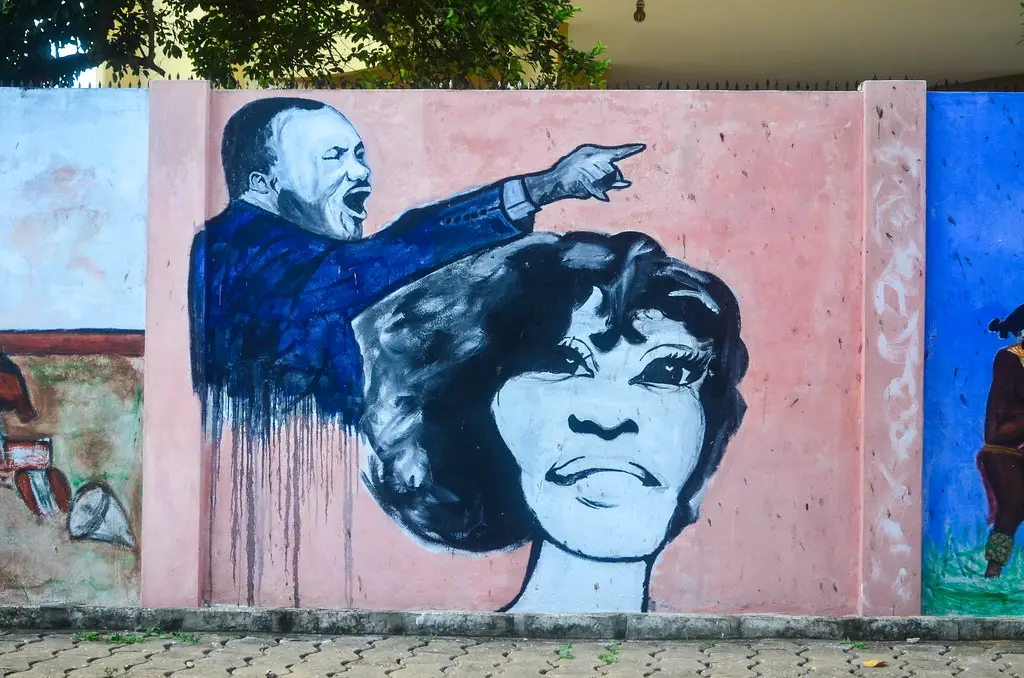
The Ouidah Slave Route is a historical landmark in the city of Ouidah, Benin that commemorates the dark history of slavery in Africa.
What to see or do: Visitors can walk through the route which features museums and monuments that provide insights into the transatlantic slave trade. Some notable sites to see include the Door of No Return and the Python Temple.
Don’t miss: The annual Voodoo Festival which takes place every January in Ouidah is a unique cultural celebration with roots that date back to the time of slavery.
Insider travel tips: It’s advisable to visit the Ouidah Slave Route with a guide who can provide a deeper understanding of the significance of the landmarks along the route.
Also, be prepared for the emotional impact of the tour as it can be a deeply moving experience. Dress comfortably and bring water as the tour can take several hours.
5. Dantokpa Market
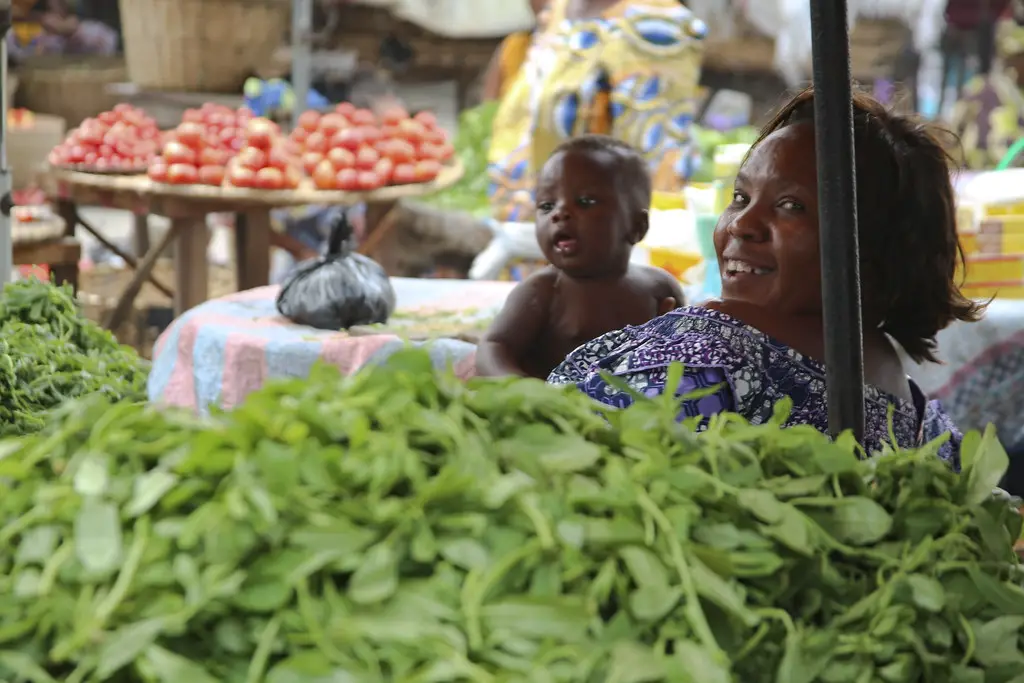
Dantokpa Market is one of the largest open-air markets in West Africa, located in Cotonou, Benin.
What to see or do: Visitors can explore the maze of stalls selling everything from fresh produce and traditional textiles to handcrafted souvenirs and voodoo paraphernalia.
Don’t miss: The colorful fabric section, where you can find the famous “wax” fabrics that are widely used in West African fashion and known for their vibrant patterns.
Also, don’t forget to check out the food section, where you can sample local delicacies like grilled tilapia and spicy peanut sauce.
Insider travel tips: Be prepared to negotiate prices, as vendors often inflate prices for tourists.
It’s always a good idea to have smaller bills on hand and keep your belongings close, as the market can get overcrowded and pickpockets may be present.
Additionally, it’s best to arrive early in the morning to beat the midday heat and crowds.
6. W National Park
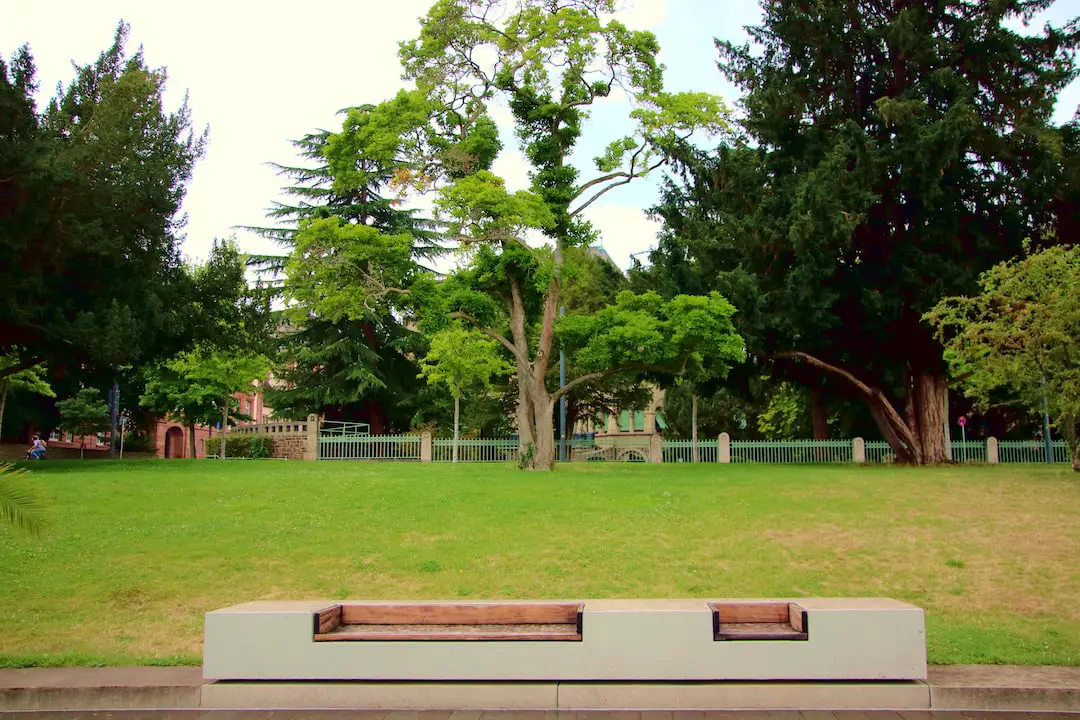
W National Park is a UNESCO World Heritage site located on the border of Benin, Burkina Faso, and Niger, and named after the winding shape of the Niger River.
What to see or do: Spot a variety of wildlife like elephants, hippos, lions, and leopards on a safari tour.
Don’t miss: A chance to witness a large number of elephants, along with different animal species, at the Boma National Park.
Insider travel tips: The dry season from November to April is the ideal time to visit the park.
7. Tanougou Falls
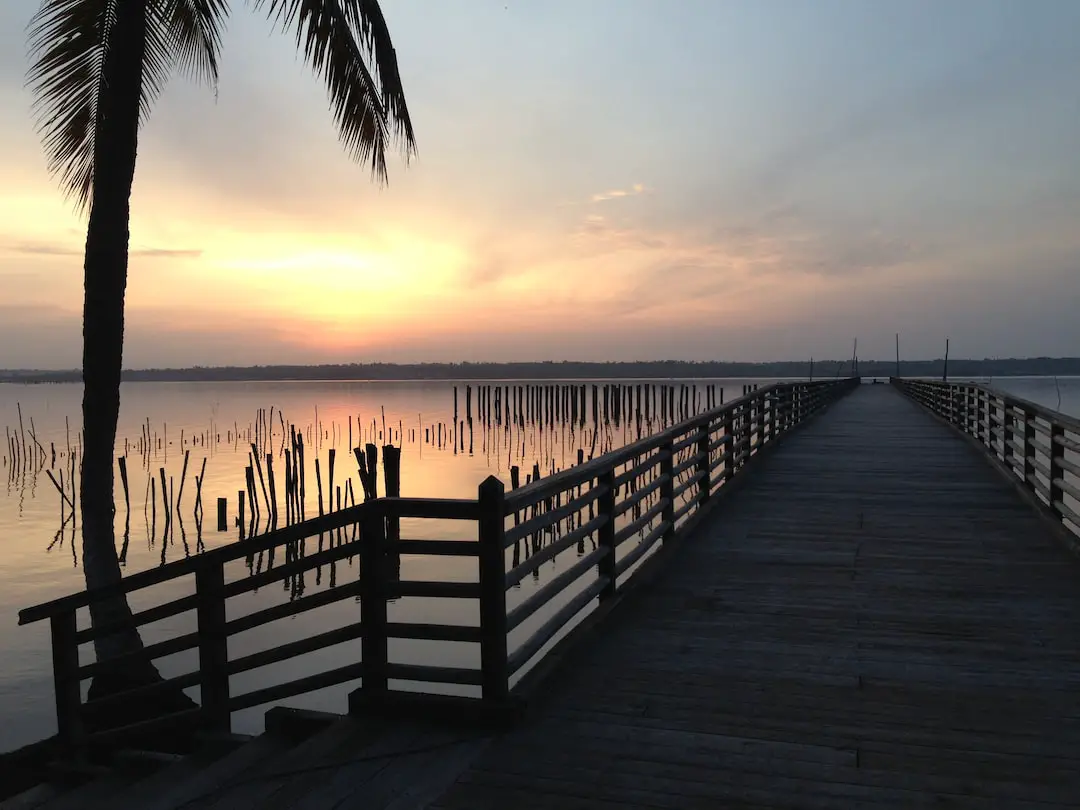
Tanougou Falls is a series of waterfalls located in Burkina Faso, West Africa.
What to see or do: Visitors can hike through the lush greenery surrounding the falls, swim in the refreshing pools beneath the cascades, or simply relax and enjoy the natural beauty of the area.
Don’t miss: Be sure to check out the tallest waterfall in the series, which drops over 20 meters (65 feet) into a turquoise pool.
Insider travel tips: – Visit early in the morning to avoid crowds and enjoy the falls in peace.
8. Porto-Novo Museum of Ethnography
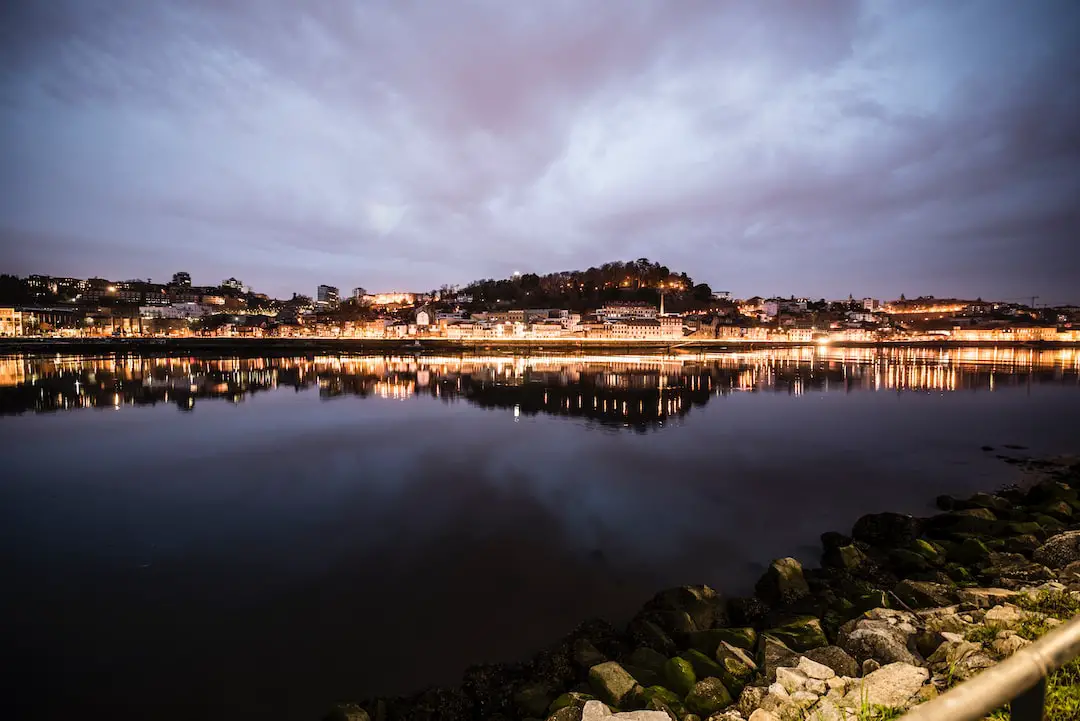
The Porto-Novo Museum of Ethnography is a museum located in Porto-Novo, Benin. It is dedicated to showcasing the cultural heritage and diversity of the people of Benin.
What to see or do: Visitors can see a wide range of exhibits, including traditional clothing, pottery, musical instruments, and masks. The museum also features displays on local customs and traditions.
Don’t miss: Don’t miss the exhibits on the Fon people, who are one of the largest ethnic groups in Benin and have a rich cultural history.
Also, make sure to check out the impressive collection of bronze statues, which are highly valued and sought after by collectors around the world.
Insider travel tips: – Plan to spend at least a few hours at the museum to fully appreciate the exhibits and history.
9. Cotonou Cathedral
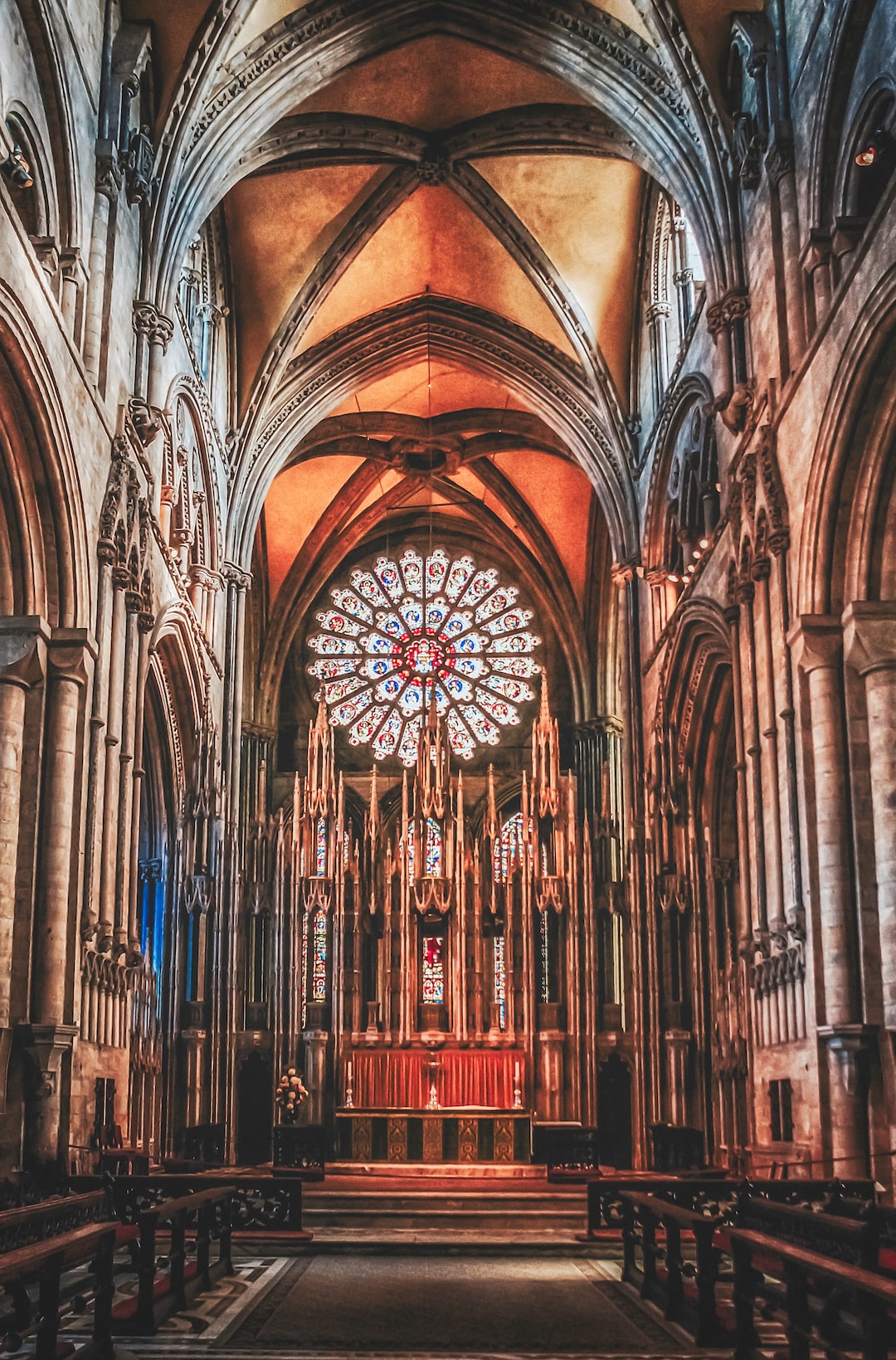
Cotonou Cathedral is a Roman Catholic cathedral located in Cotonou, the largest city in Benin.
What to see or do: Visitors can admire the neo-Gothic architecture which is quite impressive.
The cathedral also holds a special place in the hearts of the locals and is a symbol of the city’s religious significance.
Don’t miss: Don’t forget to take a look at the beautiful stained-glass windows which add to the serene and ethereal atmosphere of the cathedral.
Insider travel tips: The cathedral is best visited in the morning when there are fewer crowds and cooler temperatures. Visitors should also dress modestly and respectfully when entering the cathedral as it is a place of worship.
10. Cotonou Central Mosque
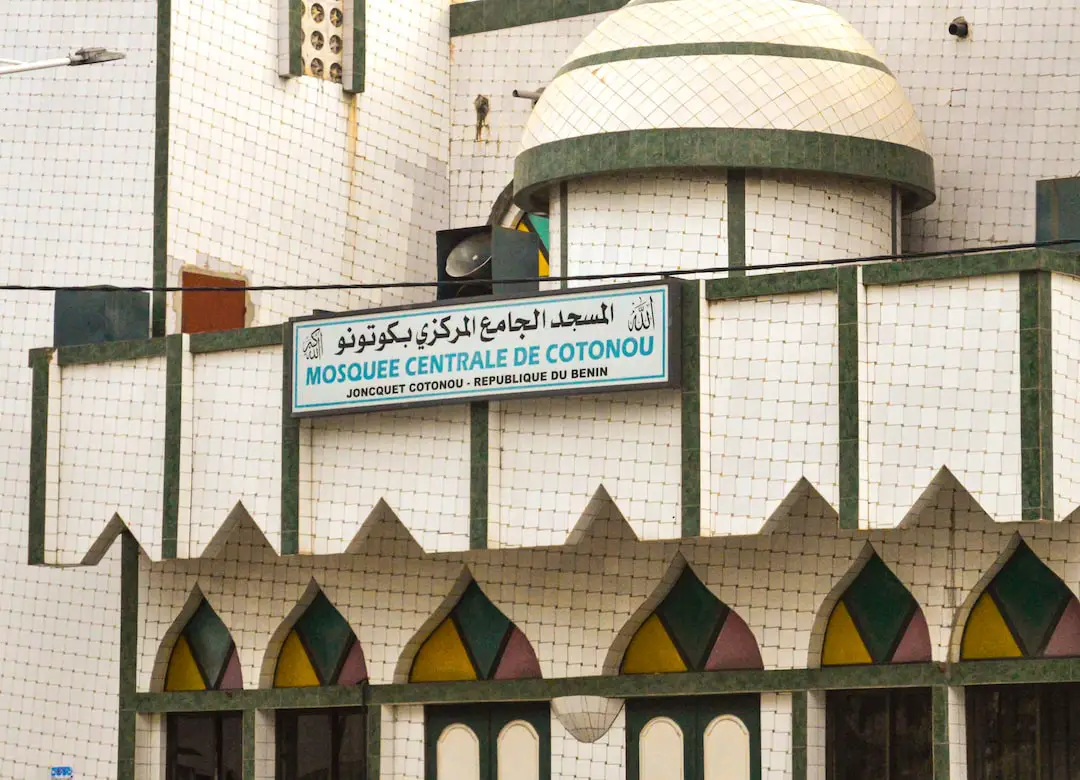
Cotonou Central Mosque is a magnificent mosque located in the heart of Cotonou, the largest city in Benin.
What to see or do: Visitors can marvel at the stunning architecture of the mosque, filled with intricate details and vibrant colors. The mosque is a popular destination for both tourists and locals, with its beautiful prayer hall and serene courtyard.
Don’t miss: Make sure to visit during prayer times to observe the faithful as they perform their daily rituals. The mosque also has a large outdoor market nearby where visitors can purchase traditional clothing, jewelry, and local snacks.
Insider travel tips: – Visitors are required to dress modestly and remove their shoes before entering the mosque.
11. Foundation Zinsou
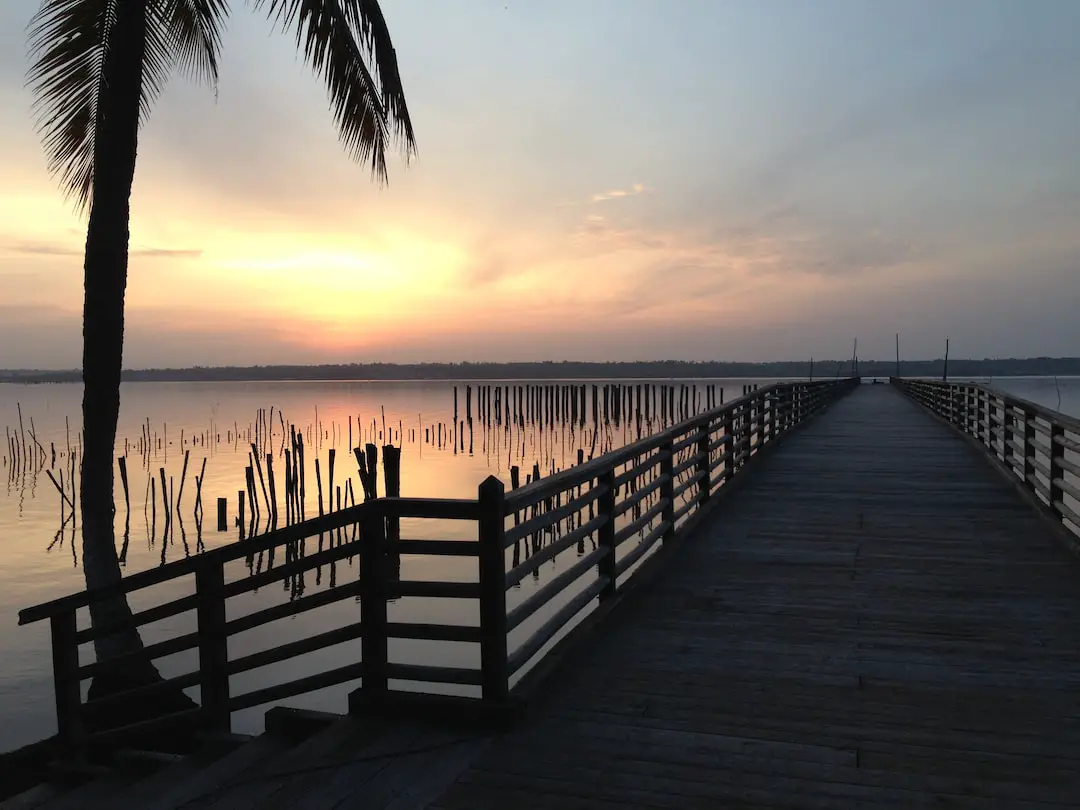
Foundation Zinsou is a contemporary art museum located in Cotonou, Benin.
What to see or do: The museum houses a vast collection of contemporary art from Benin and West Africa, and features rotating exhibitions from both local and international artists.
Don’t miss: The outdoor sculpture garden featuring a variety of stunning contemporary African art pieces.
Insider travel tips: – Visit during the week to avoid crowds and have a more personalized experience.
12. Fidjrosse Beach
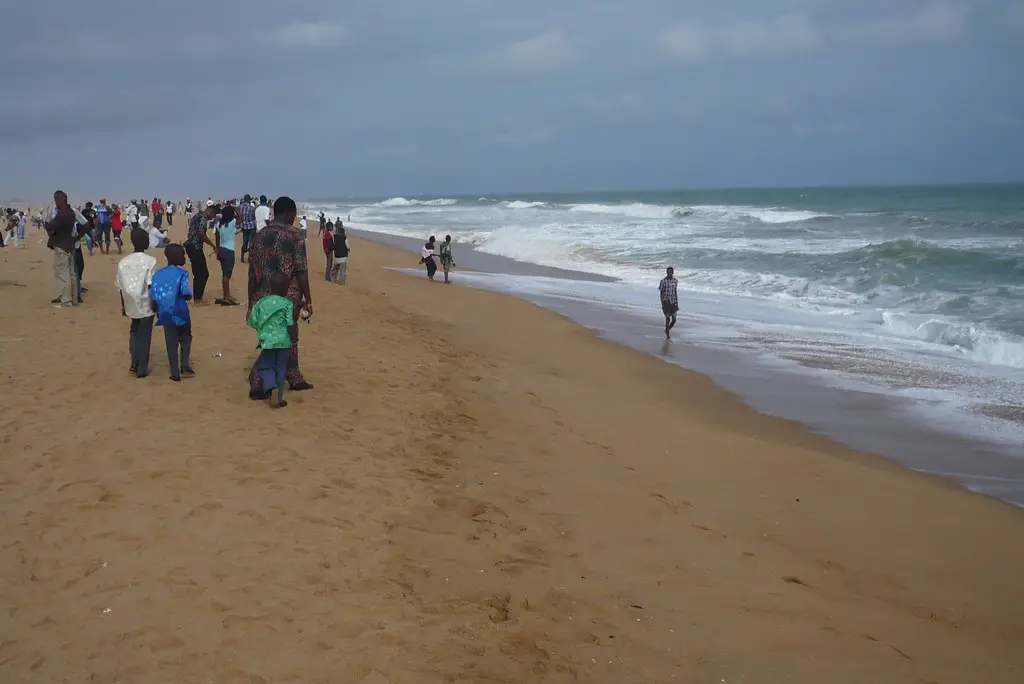
A stunning beach located in the coastal town of Ouidah, Benin.
What to see or do: Swim in the clear waters, relax on the soft sand, and take in the beautiful views of the Atlantic Ocean. Visitors can also rent jet skis or go on a boat ride.
Don’t miss: The opportunity to watch the local fishermen at work in their colorful boats. And, if you visit during low tide, you can walk out to U-shaped sandbar nearby.
Insider travel tips: Bring your own food and drinks as there are no restaurants or shops nearby. Make sure to wear sunscreen and a hat as it can get quite hot.
And, if you’re up for it, visit during the annual Voodoo festival held nearby in January.
13. Sacred Forest of Kpassè
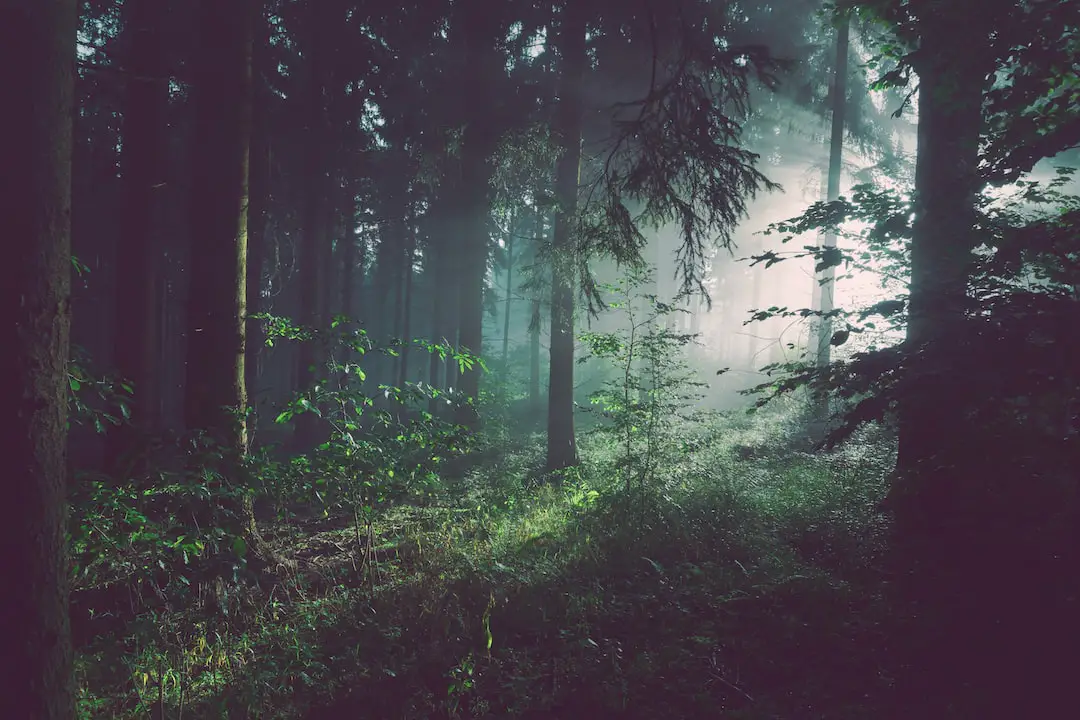
A sacred forest located in Benin, West Africa.
What to see or do: Visitors can take a guided tour through the forest and see rare and endangered species such as red-bellied monkeys, African grey parrots, and Mona monkeys.
The forest is also home to several species of snakes, including pythons and cobras.
Don’t miss: The opportunity to learn about the voodoo traditions and practices of the local community and witness a voodoo ceremony.
Insider travel tips: Wear comfortable shoes and clothing, as some areas of the forest can be muddy and difficult to navigate.
Visitors should also be respectful of the forest’s cultural significance and refrain from disturbing or damaging any of the trees or plants.
14. St

A historic city located in southeast England.
What to see or do: – Visit St. Albans Cathedral, one of the oldest and most renowned churches in England.
Don’t miss: – The Clock Tower, a historic structure that dates back to the late 15th century and offers stunning views of the surrounding area.
Insider travel tips: – Consider visiting during the St. Albans Festival, a two-week celebration of music, culture, and community that takes place in June each year.
15. Grand Mosque of Porto-Novo
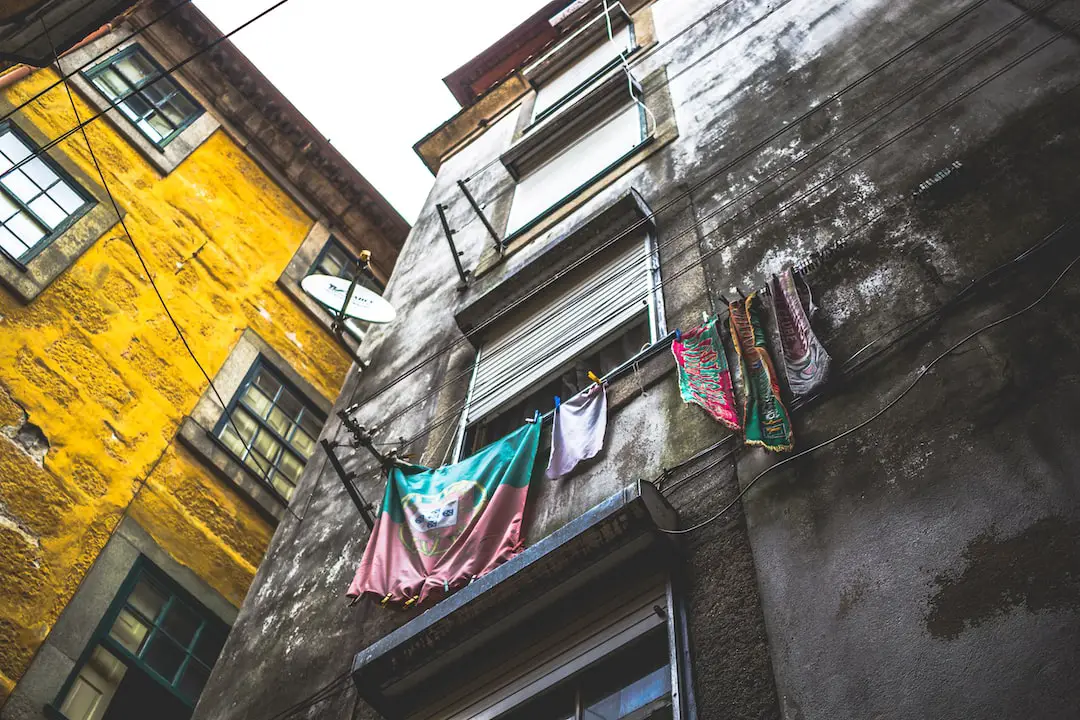
The Grand Mosque of Porto-Novo is a magnificent religious site and one of the largest in Benin.
What to see or do: Visitors can explore the stunning architecture of the mosque, with its impressive minarets and ornate design. The central prayer hall can hold up to 15,000 worshippers and features intricate Arabic calligraphy and beautiful tilework.
Don’t miss: Make sure to catch a glimpse of the imposing main entrance, which is decorated with three large arches and intricate geometric patterns.
Insider travel tips: Remember to dress modestly and remove your shoes before entering the mosque.
It’s also best to visit during non-prayer hours, but if you happen to be there during prayer time, observe quietly and respectfully from a distance.
16. Zoungou Palace Museum

Zoungou Palace Museum is a historical and cultural museum located in Burkina Faso.
What to see or do: The museum showcases the traditional artifacts, tools, clothing, and artwork of the Mossi people, one of the dominant ethnic groups of Burkina Faso.
Visitors can explore the impressive architecture of the former palace, which has been restored and preserved. Exhibits include traditional Mossi masks, weapons, pottery, and textiles.
Don’t miss: Be sure to check out the ceremonial rooms, which still contain the ornate thrones of Mossi kings. The murals and other decorative elements of the palace are also breathtaking.
Insider travel tips: Guides are available to provide visitors with information and context on the historical and cultural significance of the artifacts and palace.
Plan to spend at least a few hours exploring this fascinating museum and its beautiful surroundings. Keep in mind that photography is not allowed inside the museum.
17. Ouidah Museum of History
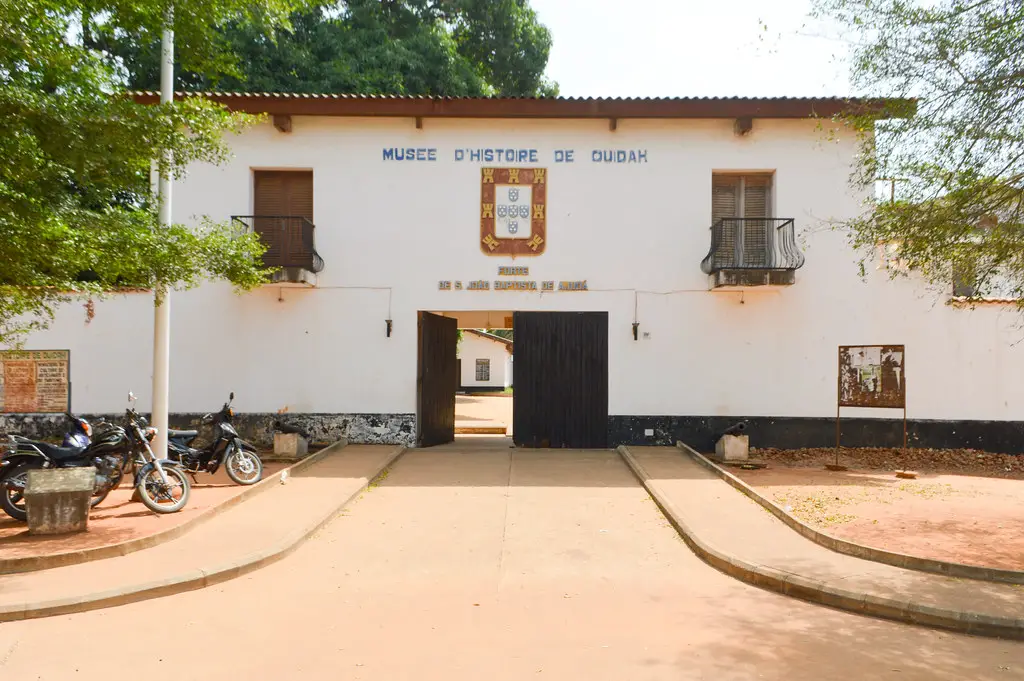
The Ouidah Museum of History is a museum located in Ouidah, Benin, that showcases the country’s rich history, particularly its involvement in the transatlantic slave trade.
What to see or do: Visitors to the museum can see a collection of artifacts and exhibits that detail the history of the Kingdom of Dahomey, the transatlantic slave trade, the colonial period, and Benin’s fight for independence.
There are displays of traditional crafts, artwork, and cultural objects from different ethnic groups in Benin.
Don’t miss: Don’t miss the opportunity to see the famous “Tree of Forgetfulness”, where slaves were brought to forget their past lives and prepare for their future enslavement.
Insider travel tips: Make sure to hire a guide who can provide a thorough explanation of the exhibits, as most of the signage is in French.
Also, the museum is located in a historical district, so take some time to explore the beautiful architecture and street life of Ouidah.
18. Cotonou Artisanal Center
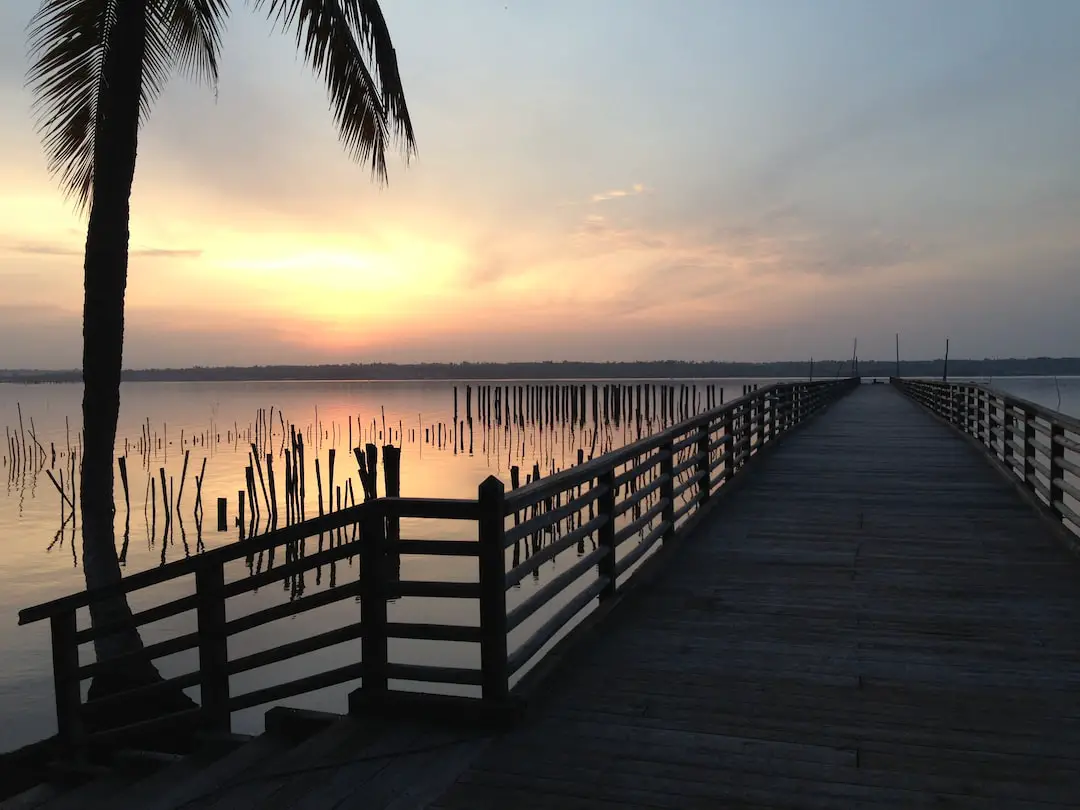
A bustling complex of stalls and workshops where local artisans sell their handmade goods.
What to see or do: Explore the colorful market stalls filled with traditional West African textiles, intricately woven baskets, carved wooden masks, and other handmade crafts.
Watch artisans at work creating new pieces and haggling with customers.
Don’t miss: The chance to bargain for unique souvenirs and gifts at prices lower than you’ll find in tourist shops.
Insider travel tips: Be prepared to negotiate, but always do so with a smile and a friendly demeanor. Bring small bills or change as many vendors may not have change for large bills.
Safety is generally not an issue, but keep an eye out for pickpockets or other petty street crimes just as you would in any crowded area.
19. Ouidah Basilica of Notre-Dame
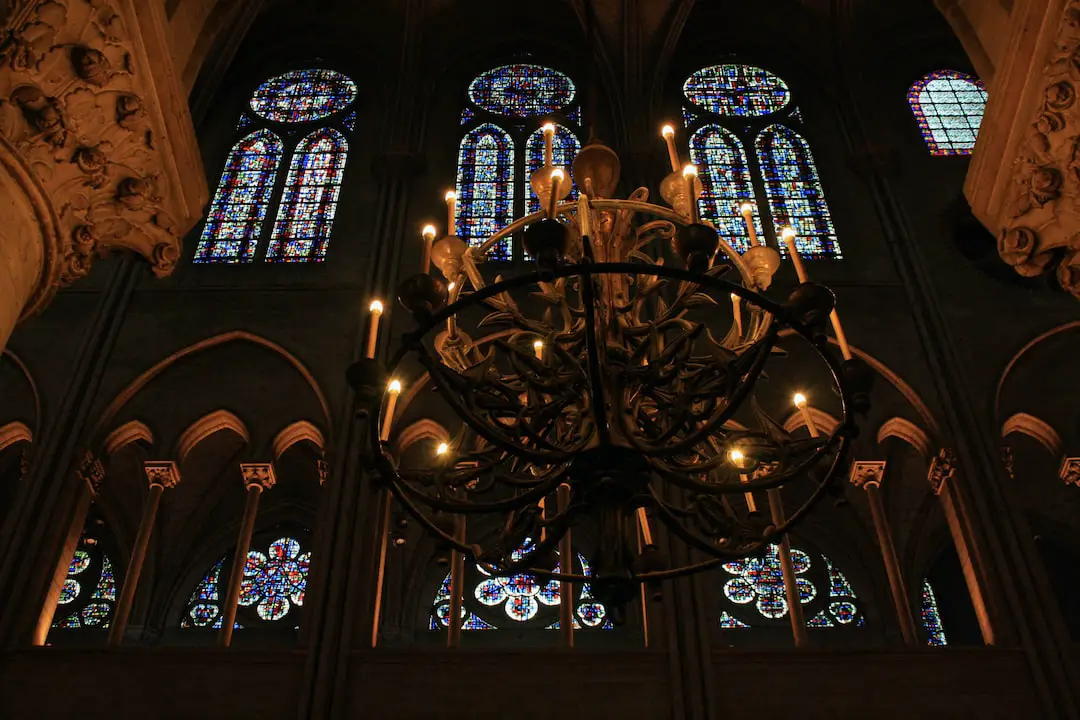
The Basilica of Notre-Dame de la Paix de Ouidah is a magnificent Catholic church located in Ouidah, Benin.
What to see or do: Visitors can take a tour of the basilica and admire its unique architecture, which combines traditional African motifs with Catholic symbols.
Inside the basilica, you can see beautiful stained glass windows, intricate carvings, and a stunning altar.
Don’t miss: One of the most impressive features of the basilica is the massive bronze statue of Mary on the rooftop, which stands at 20 feet tall and overlooks the city.
Visitors can climb to the top of the basilica to get a closer look at the statue and enjoy panoramic views of Ouidah and the surrounding landscape.
Insider travel tips: Make sure to dress appropriately when visiting the basilica, as it is a place of worship and modest clothing is required.
If you’re interested in learning more about the history of the basilica and its significance to the Catholic Church in Africa, consider hiring a guide or taking a tour.
Also, take some time to explore the surrounding area, as there are many other historical and cultural attractions worth visiting in Ouidah.
20. Forest of Koubri
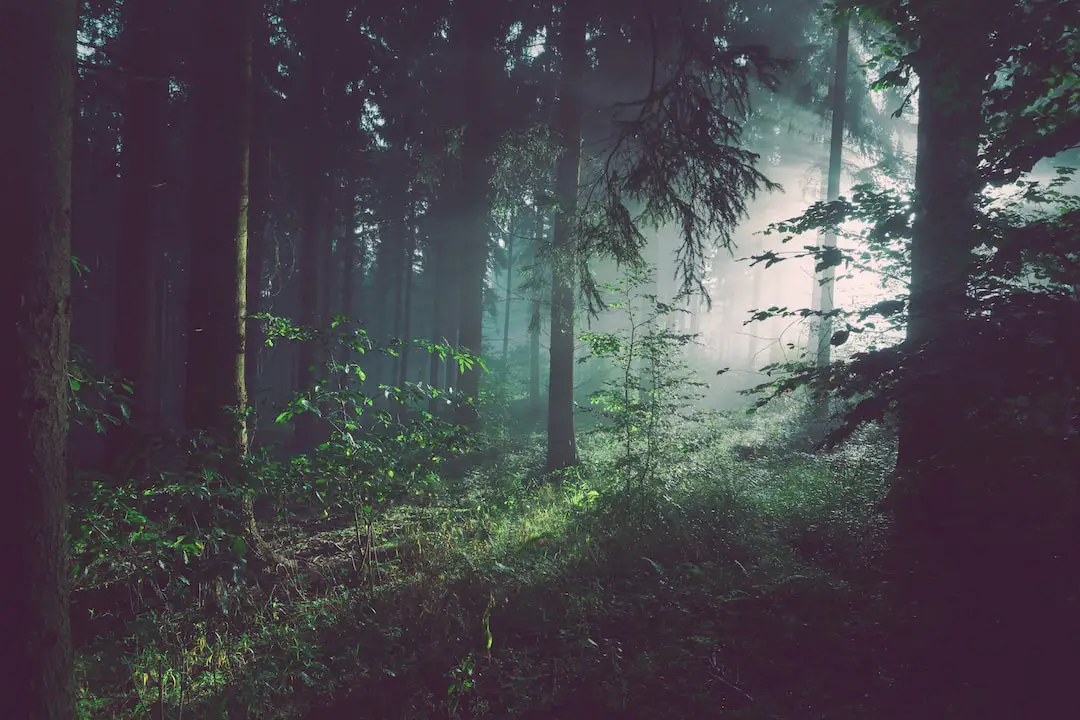
The Forest of Koubri is a natural reserve located in the middle of Burkina Faso, West Africa, home to a diverse range of flora and fauna.
What to see or do: Visitors can explore the forest’s trails and observe various species of monkeys, birds, and other wildlife. The forest also offers opportunities for hiking, birdwatching, and camping.
Don’t miss: The highlight of the Forest of Koubri is the endangered Diana monkey, which can only be found in this specific region.
Visitors should keep an eye out for this elusive primate while exploring the reserve.
Insider travel tips: – It’s best to visit the forest during the dry season (November to April) when the trails are more accessible.
21. National University of Benin

The National University of Benin (Université Nationale du Bénin) is a public university located in the city of Cotonou, Benin. It was founded in 1970 and is the largest university in the country.
What to see or do: The university campus itself is worth a visit, as it is home to a number of interesting buildings and green spaces.
The university also has several faculties, including law, economics, science, medicine, and humanities, each of which offers opportunities for academic exploration.
Don’t miss: One noteworthy aspect of the university is its Centre de Formation et de Recherche en Droits de l’Homme et de la Democratie (Center for Training and Research in Human Rights and Democracy), which was established with the support of the United Nations.
This center works to promote human rights and democracy through research, training, and advocacy.
Insider travel tips: If you want to visit the National University of Benin, it’s best to plan ahead.
Contact the university well in advance to schedule a visit or find out about any special events or lectures that might be taking place.
Additionally, be sure to dress appropriately and be respectful of the campus and its students.
22. Municipal Gardens
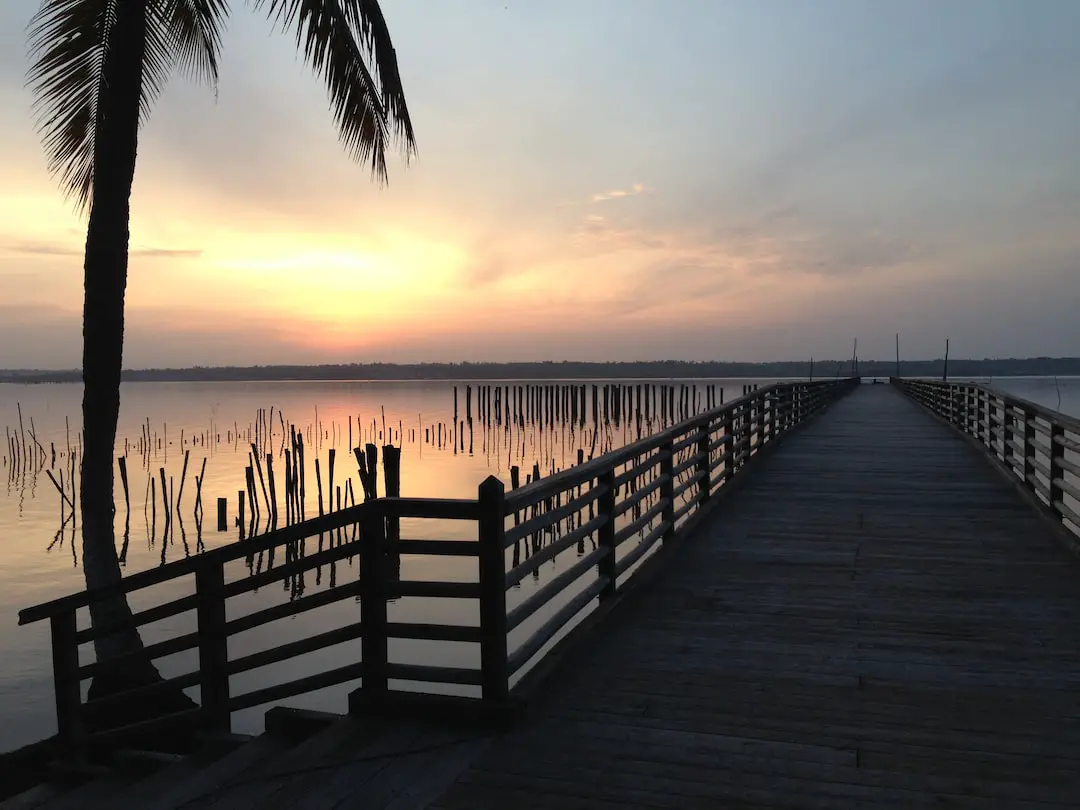
A beautiful public park located in the heart of the city that features a wide variety of plant species and several attractions.
What to see or do: Take a leisurely stroll through the gardens and admire the colorful flowers and trees. Visit the central pond, where you can rent a paddleboat or watch the ducks swim.
Tour the butterfly house and observe these beautiful creatures up close. Stop by the playground and let your children play while you enjoy a picnic.
Don’t miss: The Japanese Garden, a serene oasis within the larger gardens that features a stunning array of Japanese plants, a koi pond, and a traditional tea house.
Insider travel tips: – Visit during the spring for the best display of cherry blossoms.
23. Ouando Village
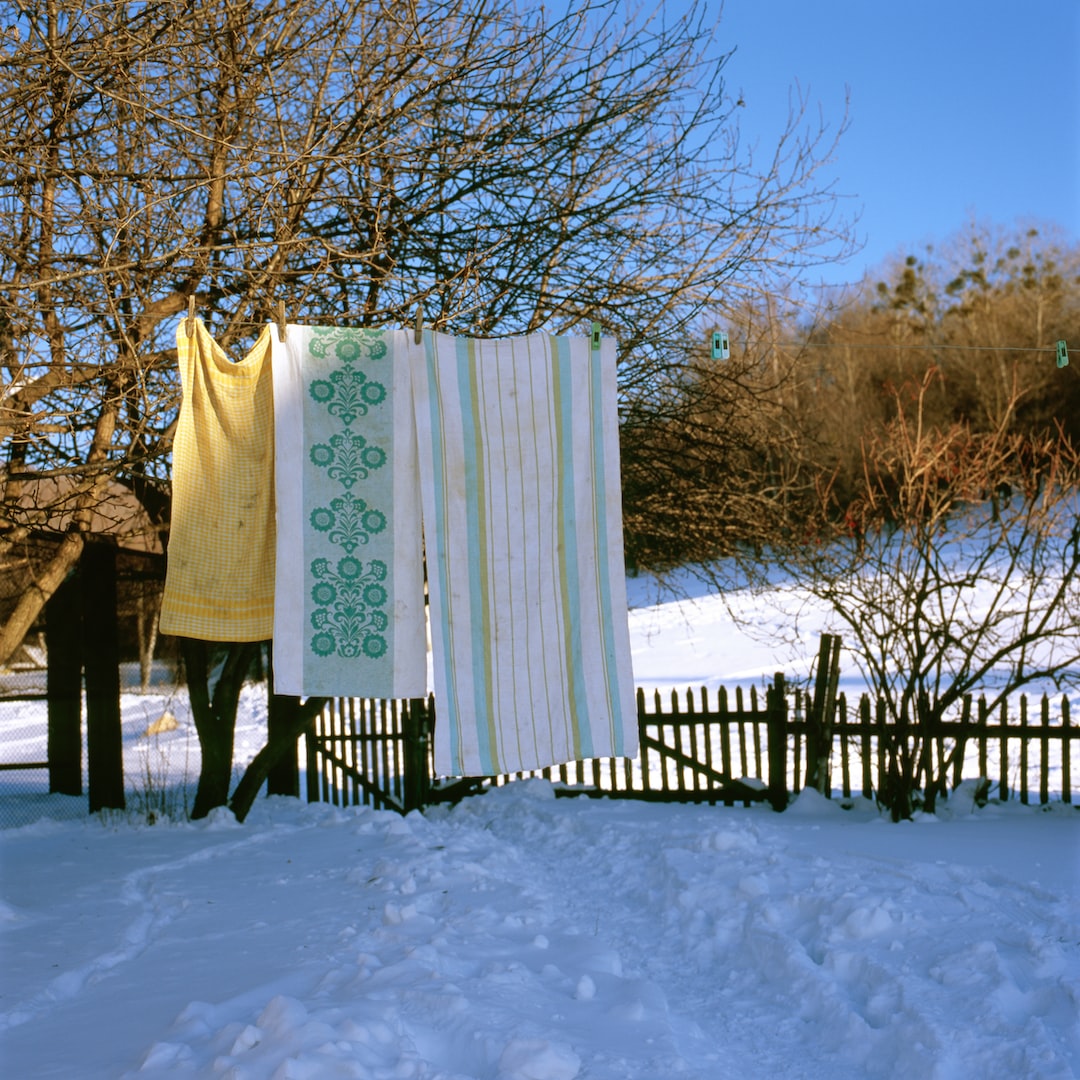
Ouando Village is a traditional fishing village located on the coast of Benin in West Africa.
What to see or do: Visitors can immerse themselves in the daily life of the locals by watching the fishermen bring in their catch and the women selling fresh seafood in the local markets.
A stroll through the village offers a glimpse of the traditional African way of life and visitors can witness the local customs and traditions.
Don’t miss: The beach is a must-visit spot to relax, take a swim or watch the fishermen bring in their boats. Opportunities to take part in traditional fishing activities such as canoe paddling and casting nets are also available.
Insider travel tips: Travelers should be respectful of the local customs and traditions, dress modestly and ask for permission before taking pictures.
Visitors can also take a day trip to nearby Cotonou to experience the lively city life and visit markets, museums, and other cultural attractions.
24. Blue Lagoon

A geothermal spa in Iceland known for its milky blue waters and mineral-rich mud.
What to see or do: Relax in the warm waters of the lagoon while enjoying the stunning Icelandic landscape. You can also indulge in a range of spa treatments, including massages, facials, and silica mud masks.
Don’t miss: Don’t forget to explore the other features of the Blue Lagoon, including saunas, steam baths, and a relaxation area. You can also take a guided tour of the facilities to learn about the science and history of the lagoon.
Insider travel tips: – Book your tickets in advance to avoid disappointment and long waiting times.
25. Sokodé Regional Market
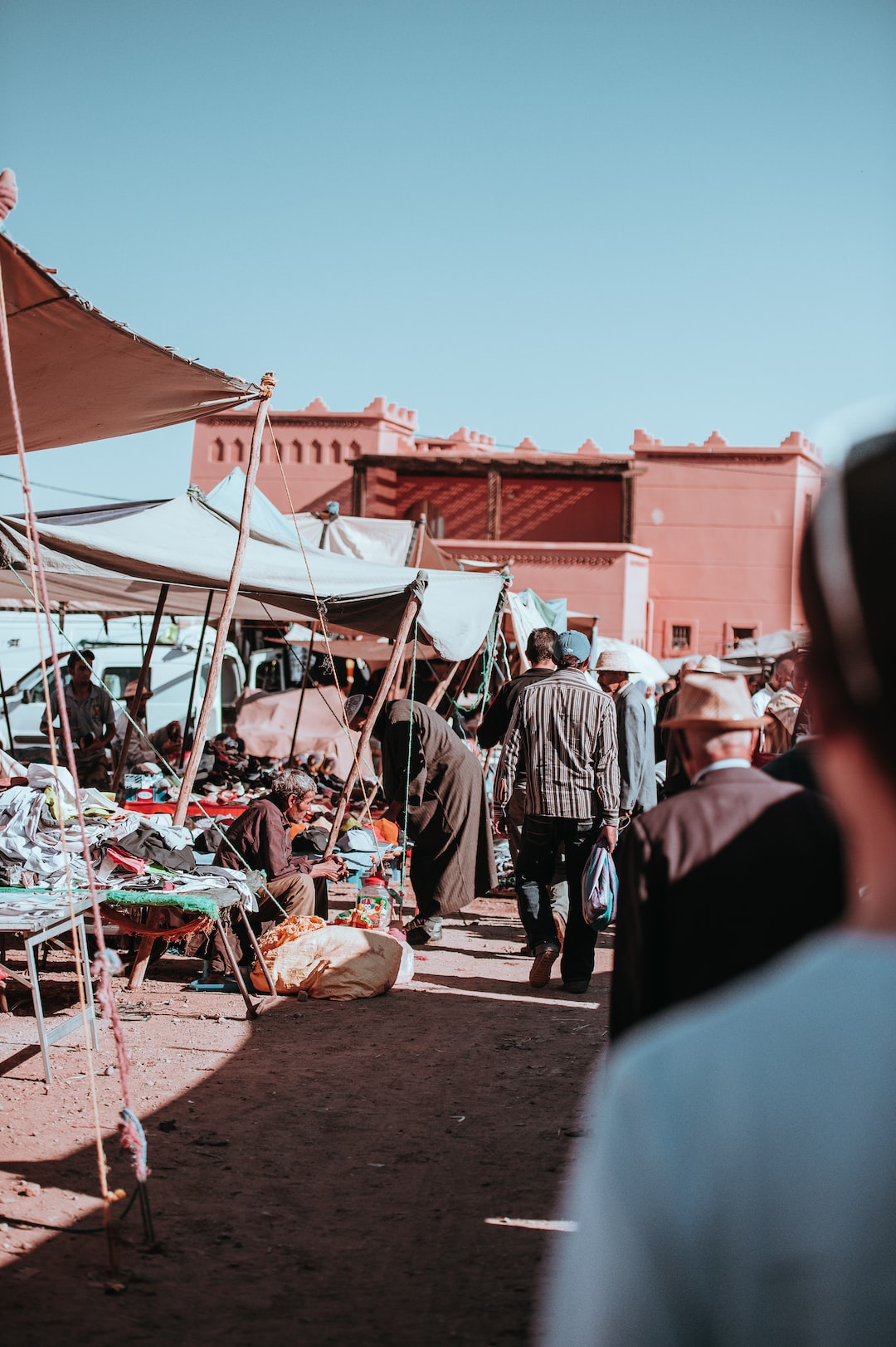
Sokodé Regional Market is a bustling market located in the city of Sokodé in Togo.
What to see or do: Visitors can explore the market’s vibrant atmosphere and shop for a variety of goods including textiles, pottery, spices, and fresh produce.
Don’t miss: Don’t miss the chance to sample some of the local cuisine, such as fufu and soup or grilled maize.
Insider travel tips: It’s recommended to visit the market during the early morning when it is less crowded and the vendors are just setting up their stalls.
Bargaining is a common practice so be prepared to negotiate prices. Watch out for pickpockets and keep your belongings secure.
26. Thron de Dagotiere
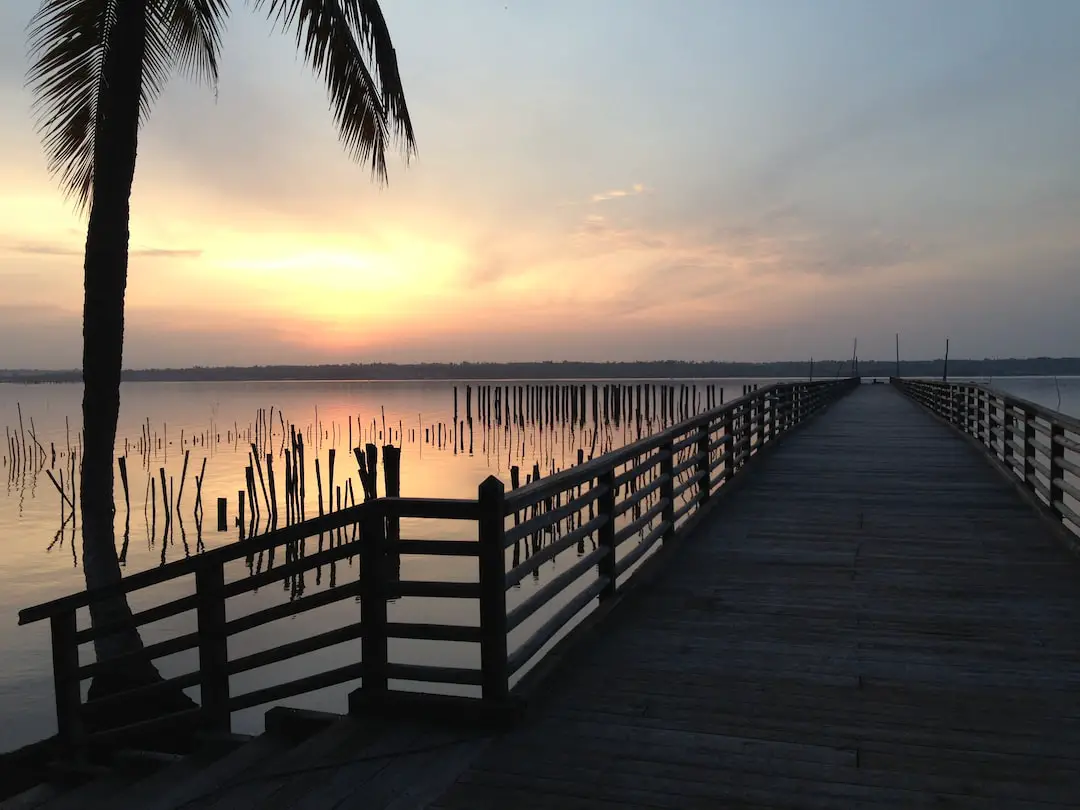
Thron de Dagotiere is a beautiful natural rock formation located on the island of Mauritius.
What to see or do: Take a short hike to reach the Thron de Dagotiere and admire the stunning panoramic view of the island of Mauritius.
Admire the natural rock formation resembling a throne and marvel at the lush green surroundings.
Don’t miss: The view from the top of the Thron de Dagotiere is truly breathtaking and a must-see. Make sure to bring your camera to capture the stunning scenery.
Insider travel tips: Wear comfortable shoes as the hike can be a bit steep in some places.
It’s also best to visit early in the morning to avoid the crowds and get the best lighting for your photos.
Bring along some snacks and water, as there are no vendors or shops in the immediate area.
27. Kaba Yoyo Forest Reserve

Kaba Yoyo Forest Reserve is a protected natural area located in Ghana that covers over 7500 hectares of lush tropical forest.
What to see or do: Visitors can go on guided walks or hikes within the reserve to explore its diverse range of flora and fauna, including over 300 species of birds.
The forest is also home to several primate species, including the endangered Diana monkey, as well as antelopes and other mammals.
Don’t miss: Don’t miss the opportunity to explore the serene and tranquil environment of the forest reserve. Be sure to also visit the waterfalls and streams in the area, which provide a refreshing break from the heat.
Insider travel tips: – Visitors should come prepared with comfortable hiking shoes, insect repellent and drinking water.
28. Place de l’étoile rouge
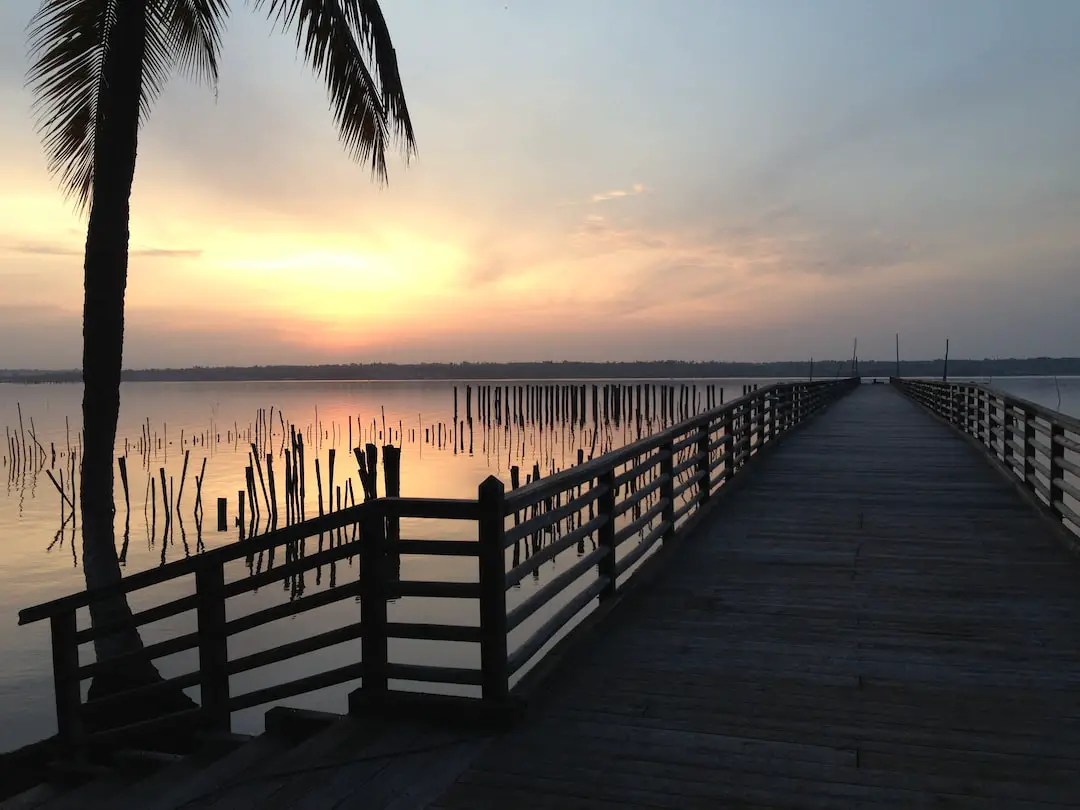
Place de l’étoile rouge is a historic square in the heart of Belgrade, Serbia.
What to see or do: The square is surrounded by significant monuments and cultural landmarks, including the National Museum of Serbia, the Republic Square, and the famous Knez Mihailova Street for shopping and dining.
Don’t miss: The centerpiece of the square is the impressive equestrian statue of Prince Mihailo Obrenović III, which was designed by the Italian sculptor Enrico Pazzi.
Visitors can also admire the architectural beauty of the National Theatre and the yellow facade of the National Museum.
Insider travel tips: During the summer months, the square becomes a hub for outdoor entertainment and festivals. Grab a drink at one of the many cafes or bars nearby and enjoy the lively atmosphere.
It’s also best to visit in the late afternoon to avoid the crowds and enjoy the square’s attractions in a quieter setting.
29. Erevan Cemetery
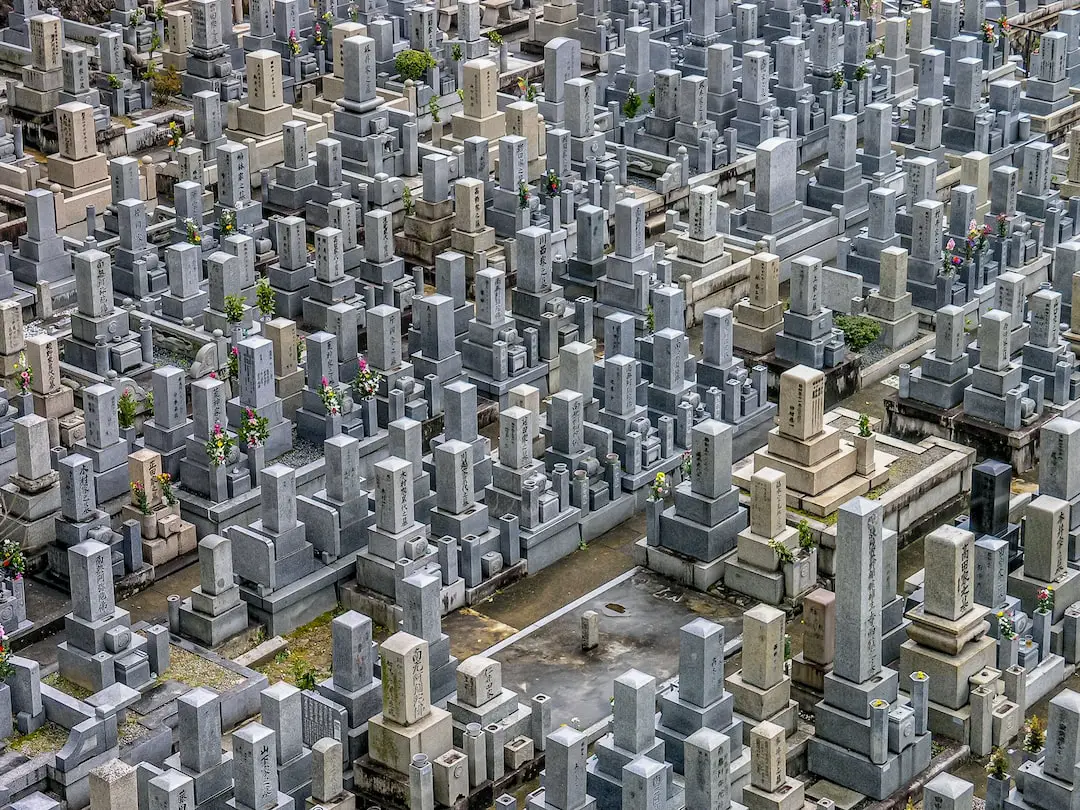
Erevan Cemetery is a historic cemetery located in Watertown, Massachusetts.
What to see or do: Visitors can explore the serene cemetery grounds and pay their respects to the many notable figures buried there. The cemetery is the final resting place of Armenian-American community leaders, artists, musicians, writers, and other historical figures.
Don’t miss: Don’t miss the ornate mausoleums and impressive gravestones of famous Armenians such as author William Saroyan, composer Alan Hovhaness, and artist/designer Aghavni Shahnazaryan.
Insider travel tips: Erevan Cemetery is open every day from dawn until dusk.
💪 Support independent web, support us:
